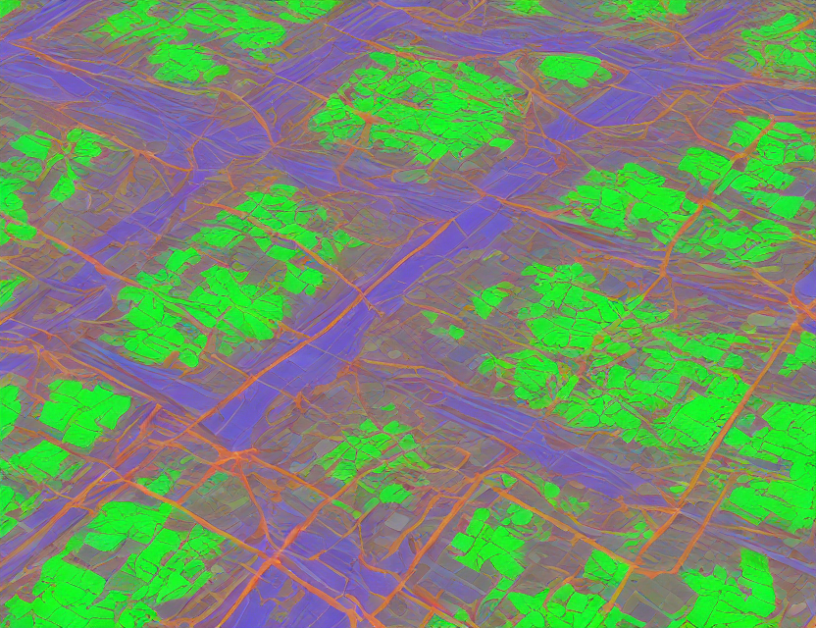In this article, the authors present a new approach to generating 3D point clouds from complex prompts using a system called Point-e. The system is based on the idea of training language models to follow instructions with human feedback, which can be used to generate 3D points that are both accurate and diverse.
To achieve this, the authors use a multi-view diffusion model that takes in a textual prompt and generates a set of 3D points based on the information contained in the prompt. The key innovation of Point-e is the use of a reward function called Mean Reconstruction Error (MRC), which measures the accuracy of the generated points in terms of their distance from the target point cloud.
The authors evaluate the effectiveness of Point-e using several benchmark datasets and show that it outperforms existing methods in terms of both accuracy and diversity. They also demonstrate the versatility of their approach by applying it to a range of tasks, including object recognition and segmentation.
One of the key insights of the article is that the choice of reward function can have a significant impact on the performance of the method. The authors show that using MRC as the reward function leads to better results than other commonly used reward functions, such as Proximal Policy Optimization (PPO).
Overall, the article presents a valuable contribution to the field of 3D point cloud generation and demonstrates the potential of using language models for this task. The authors provide a detailed explanation of their approach and demonstrate its effectiveness through extensive experiments, making it a useful resource for researchers and practitioners in the field.
Computer Science, Computer Vision and Pattern Recognition
Low-Reward Prompts for Training High-Resolution Image Synthesis Models



